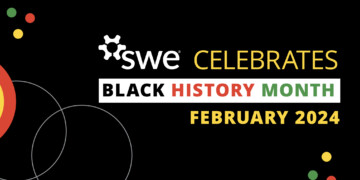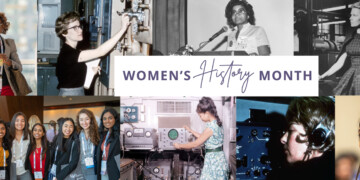SWENext Tips: How to Apply for SWE Scholarships
Calling all high school seniors! Scholarship application season is here.
Read moreSign up for the monthly All Together newsletter
Recent Diversity & Inclusion
Recent Videos
Recent SWE News
SWE and NIHF Museum Partner on Women’s History Month Exhibit
This new exhibit, located in Alexandria, Va., highlights the achievements of six women leaders in STEM who are breaking boundaries...
Celebrate Women’s History Month With SWE
Join the Society of Women Engineers (SWE) in commemorating Women's History Month with a collection of podcasts, blogs and magazine...




















